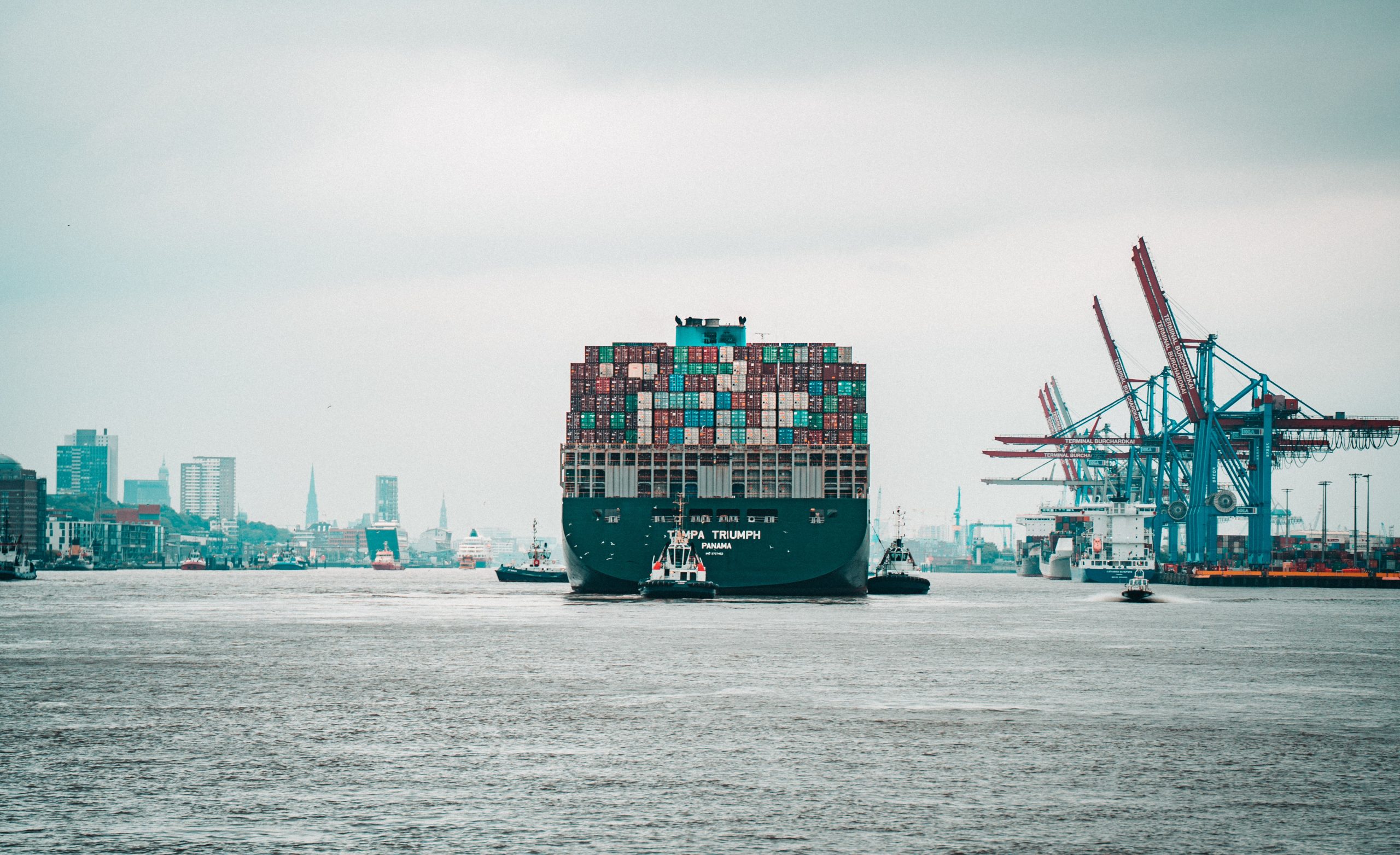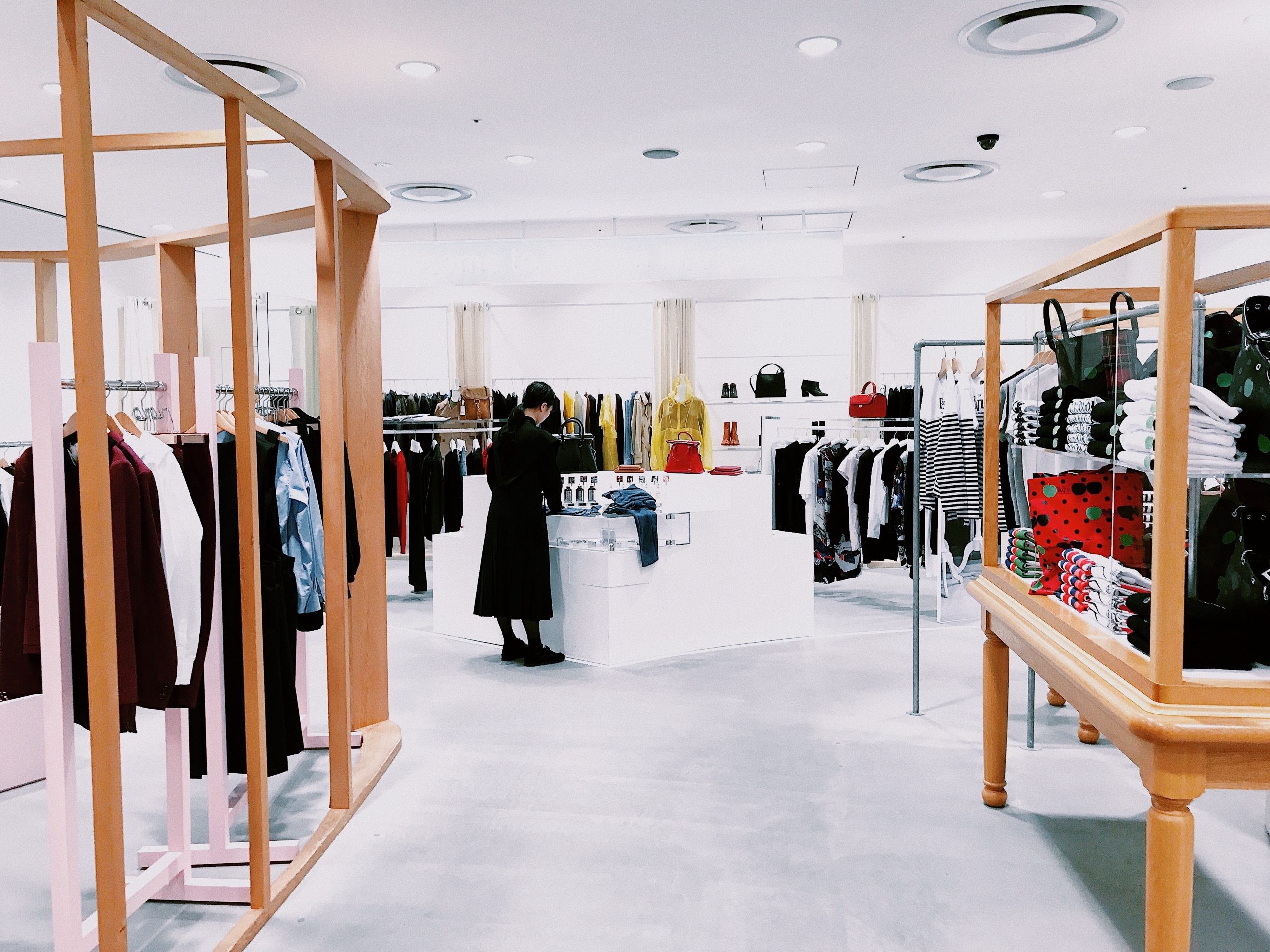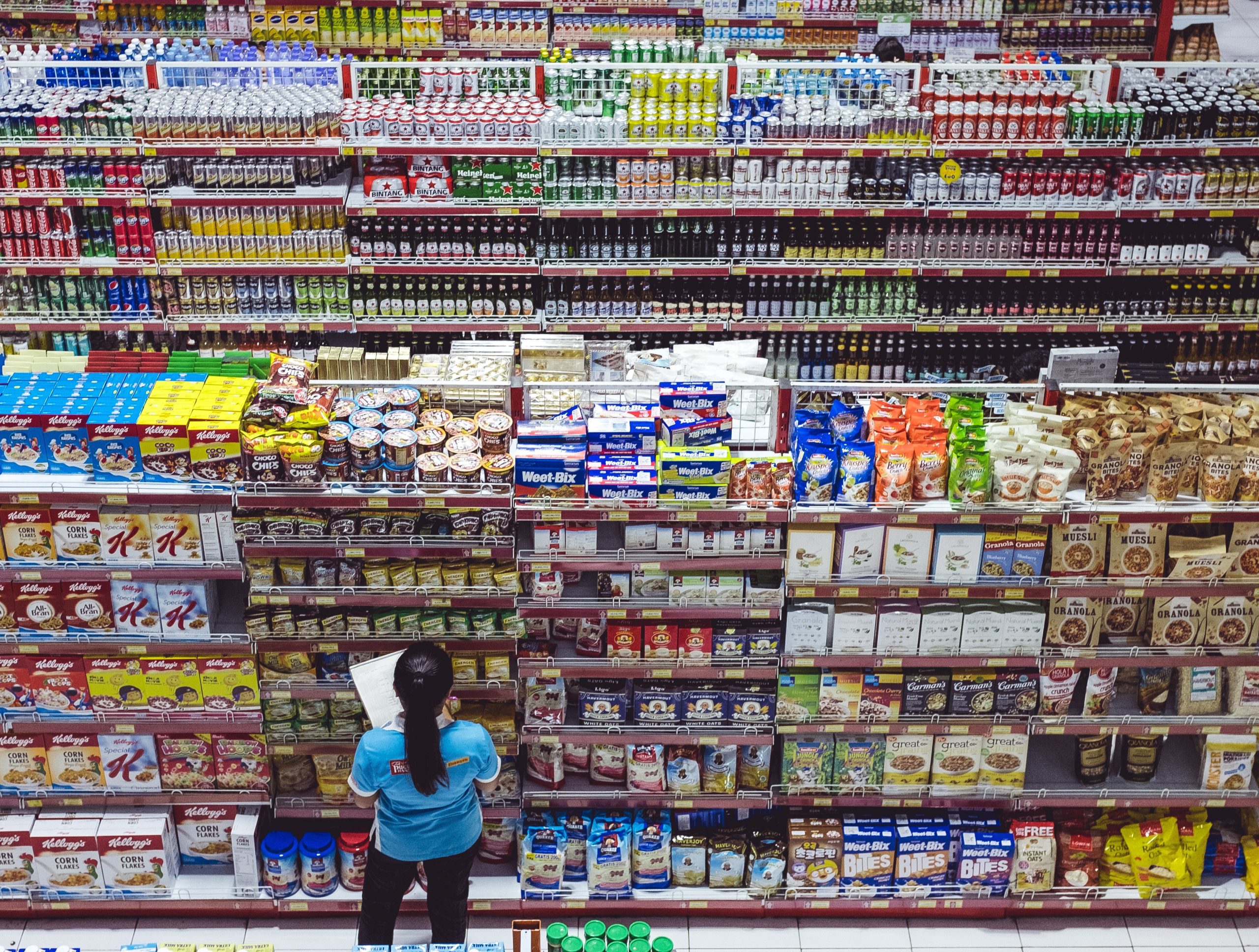For owners and operators of stores, having a retail inventory shortage is always a big concern. Even if it’s just for one or two products, an inventory shortage can have big consequences. When it’s for a large number of items, it’s even worse. Naturally, the last thing any retailer wants to do is wait around for an inventory shortage to happen. Store owners and managers need to be proactive when it comes to understanding what causes an inventory shortage to prevent one from happening in the first place while also having a plan in place if it were to happen. With that in mind, let’s take a close look at some of the causes and potential solutions to an inventory shortage in any retail store.
Retail Inventory Shortage Cause: Disruptions in Supply Chain

Unfortunately, disruptions to the supply chain have become a common occurrence for retailers. Since the start of the COVID-19 pandemic, this has been more of an issue. Even as the world starts to move beyond the pandemic, there are still a lot of unpredictable factors that can disrupt the supply chain. Natural disasters are an obvious one that are out of anyone’s control. However, material shortages, production delays, and even labor strikes can disrupt the supply chain and lead to retail inventory challenges. The worst part is that retailers are not always able to control or prevent these types of challenges.
Retail Inventory Shortage Cause: Lack of Capital
A lack of cash or simply poor management of cash flow within a retail business can be a common cause of inventory shortages. If a business lacks working capital, the value and size of orders will be small, increasing the chance that an item will sell out before it can be properly restocked. Smaller boutiques tend to struggle with this problem more so than larger retail operations, making cash flow management a point of emphasis. However, even proper cash management can’t replace a lack of working capital.
Retail Inventory Shortage Cause: Poor Forecasting
A key component in preventing retail inventory shortages is looking ahead and trying to forecast inventory needs. What items are customers going to want the most in the weeks and months to come? What items may not be as needed during that time?
Forecasting tends to be more of an art than a science, which is how mistakes can be made. Even if capital isn’t a problem, retailers can risk ordering too much of an item that isn’t in demand and suffers from high inventory carrying costs or risks certain products expiring. This can be just as costly as being left without enough inventory for a product, also known as stockouts. In the U.S. retail food industry, stockouts cost approximately $15-20 billion per year in lost sales.
In other words, forecasting is a double-edged sword that can be tough for retailers to navigate.
Retail Inventory Shortage Cause: Change in Demand

Along those same lines, retail inventory shortages can be created due to a sudden and unexpected change in consumer demand. Most retailers understand how demands can change during particular seasons. However, changes in trends and demands can also come on suddenly or be higher or lower than anticipated. This can leave retailers in a vulnerable position when it comes to their inventory.
Retail Inventory Shortage Cause: Under Ordering
Needless to say, under-ordering can be a primary cause of why a retailer experiences an inventory shortage. As mentioned, there are a few factors that can contribute to this happening. But a lot of it comes down to experience and decision-making. What are retailers doing to make sure that the right people are making the best decisions to prevent retail inventory shortages?
Retail Inventory Shortage Cause: Lack of Space

For small retailers, a lack of space can be a huge issue. This makes it difficult to load up too much, at least not with every product. Therefore, small businesses are forced to make tough decisions regarding what items to have in stock and what items don’t require as much stock.
Retailers also have to stay on top of ordering new stock frequently, which can be a timely and costly practice. Ultimately, retailers have to learn how to make trade-offs because of a lack of space, and sometimes those trade-offs inevitably lead to stock shortages.
Retail Inventory Shortage Cause: Data Error
One final contributing factor to retail inventory shortages is simple errors that employees make. If employees are responsible for taking physical inventory, errors are sometimes inevitable. These errors can lead to mistakes in ordering that ultimately become inventory shortages. Of course, it helps to have supervisors double-check this type of work. But smaller retailers don’t always have the manpower to double-check everything related to inventory, which can lead to shortages.
Solution: Organize Your Product Line

Even if inventory shortages are inevitable to some extent, it’s still possible to reduce the harm they cause by organizing a retailer’s product line. Typically, this means placing more value on products that are more popular or have a higher profit margin because they will be the most important products to the success of a business. Once these products are identified, special attention should be paid to their inventory levels to help ensure that inventory shortages for those products are avoided at all costs.
Similarly, every product can be given a label based on how quickly it sells and how quickly its inventory levels run out. Therefore, products with fast sales rates can be identified so they can be restocked more often. In other words, one key to avoiding inventory shortages is understanding your products and knowing the value of each one.
Solution: Study Demand Patterns
One part of understanding and organizing products is studying demand patterns. Just keep in mind that demand isn’t always steady; it can fluctuate based on different seasons, promotions, and other factors that aren’t easy to predict. The key is being able to know when conditions are changing that will influence demand. By studying demand patterns, it becomes easier to know when inventory levels need to be higher and when they don’t need to be as high.
Solution: Adjust Re-order Points and Quantities
In a way, the key to avoiding inventory shortages is being able to stay agile and make adjustments. This includes making adjustments to the quantities being ordered and the re-order points on specific products. These are both key metrics that need to be evaluated frequently rather than retailers assuming that they are the right amount.
It’s not just that demand can change seasonably but rather the demand for certain products can change from one year to the next. This can have a meaningful change on what a company’s re-order points and quantities should be for each and every product. It’s critical for retailers to be both willing and able to take the necessary steps to adjust their re-order points and quantities as necessary.
Solution: Measure Supplier Performance

While disruptions in the supply chain can be unavoidable at times, the role that suppliers play in inventory shortages should still be examined. Are suppliers doing their best to adapt to supply chain challenges? Are they doing anything to assist you in maintaining proper inventory levels?
Obviously, it’s important to maintain a good relationship with suppliers. It can be equally important to measure the performance of your suppliers and evaluate whether a new or supplementary supplier might be needed.
Solution: Maintain Safety Stock
In some cases, maintaining safety stock can help prevent a full-blown retail inventory shortage. Think of this as an insurance policy to prevent ever completely running out of something. Of course, this isn’t going to be possible for every product. On the other hand, it won’t be needed for every product. Again, the key is understanding and organizing your product line. What products most need safety stock? For what products is safety stock impractical? By answering these types of questions, it’s possible to maintain safety stock when appropriate to help prevent shortages.
Solution: Use Technology to Manage Inventory
In the rapidly evolving landscape of brick-and-mortar retail, technology is taking center stage, transforming both the customer experience and backroom operations. While new shopping carts and innovative POS systems enhance the consumer journey, the true game-changer lies in smart shelving solutions and advanced inventory management technology.
Smart shelving solutions are at the forefront of inventory management, offering automation and efficiency. These systems play a pivotal role in preventing inventory shortages. They continuously monitor inventory levels, trigger timely reorders when necessary, and provide real-time tracking of shipment arrivals, streamlining the entire inventory management process.
With the integration of intelligent inventory management technology, retailers gain access to a wealth of information essential for making informed decisions. This ensures that costly inventory shortages become a thing of the past, paving the way for a more seamless and profitable retail experience.
Want to learn more about our innovative solutions that can help you stay ahead of the retail game? Explore how our smart shelving solutions and advanced inventory technology can revolutionize your retail operations today.




